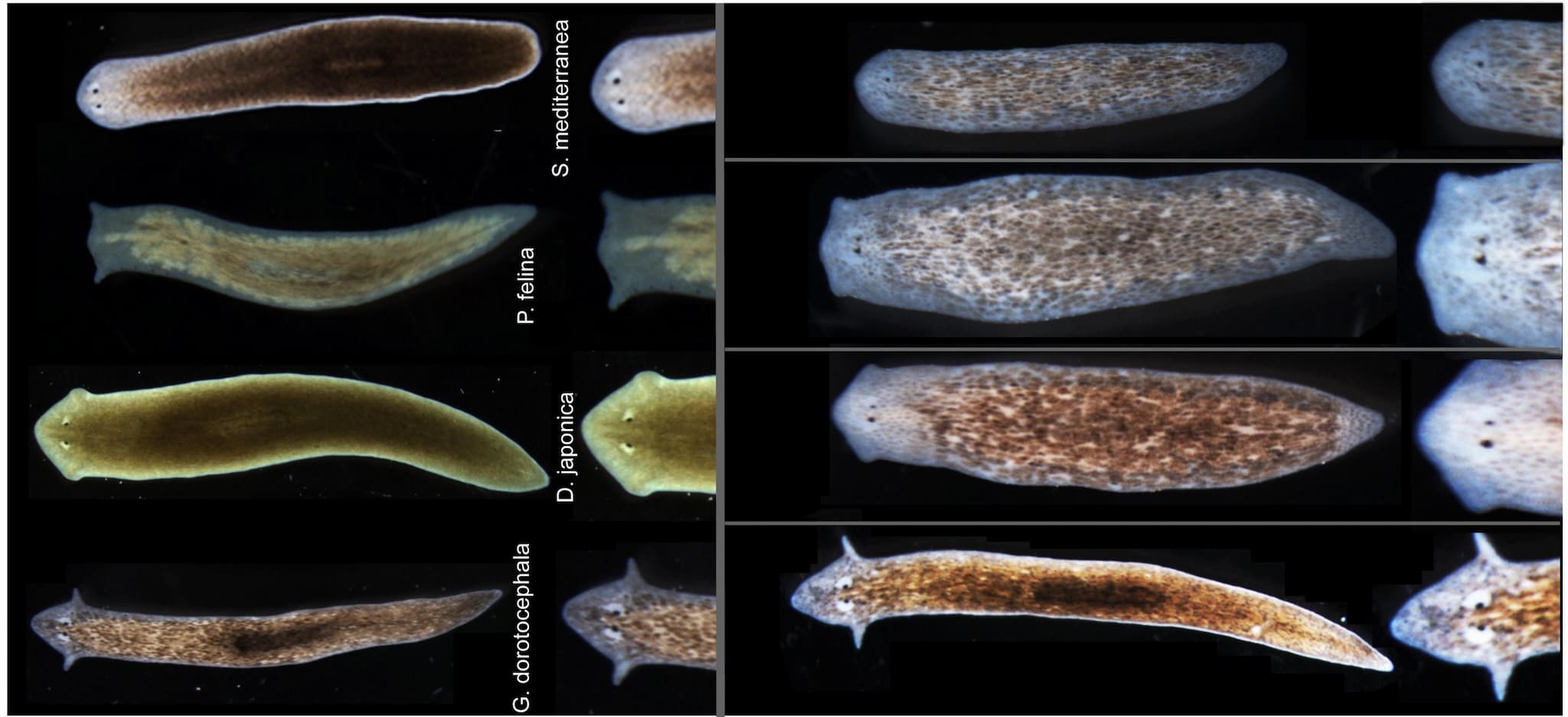The Breakthrough
Biologists at Tufts University were able to induce one species of flatworm to grow heads and brains that are characteristic of other flatworm species—and they did so without altering the genomic sequence of the flatworms.
The findings are detailed in the cover story of the November 2015 edition of the International Journal of Molecular Sciences.
It has long been known that flatworms have a remarkable regeneration ability. For years, scientists have been studying this feature in order to see if it could viably be used in the medical treatment of human patients.
In this particular study, researchers used Girardia dorotocephala, a species of free-living planaria that have this remarkable regenerative capacity. By interrupting the electric signals that pass back and forth between cells, they were able to induce the development of heads belonging to planarians of other species. And as previously mentioned, the changes were not limited only to head shape; brain shape was also altered as was the distribution of the worm’s adult stem cells.
Their work shows that information outside of a genomic sequence can contribute significantly to an organism’s anatomy. Ultimately, it has always been thought that chromosomes determined the shape of an organism, but these results show that a species’ anatomy is not set in stone and can be overridden.
The Implications
This finding shows that head shape in flatworms can be influenced by manipulating electric synapses in the body. Given enough time and testing, the researchers hope that the discovery could lead to treatments for birth defects as well as regeneration techniques for damaged or lost body parts in human patients (though such trials are, admittedly, rather far off).
The researchers conceded that more study into this ability is required, as the worms with alternate heads regained their proper heads after a few weeks. Still, they are convinced that the implications their research has for regenerative medicine are significant.
Tufts undergraduate Maya Emmons-Bell, a senior majoring in biology, was the first author on the paper. She explains the significance of the research in the university press release, saying, “We've demonstrated that the electrical connections between cells provide important information for species-specific patterning of the head during regeneration in planarian flatworms,” she says. “This kind of information will be crucial for advances in regenerative medicine, as well as a better understanding of evolutionary biology. As an undergraduate, it’s been an extraordinary experience to conduct and author important research with leading biologists.”
See the images:
Share This Article
